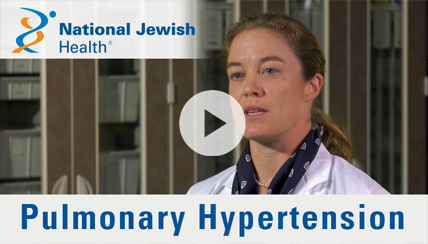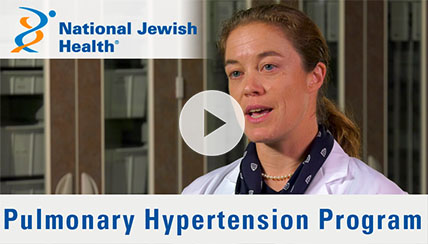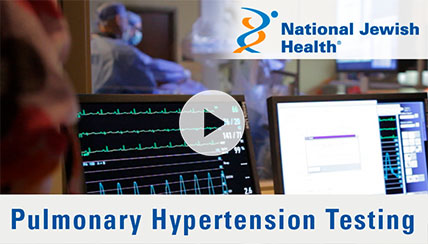What is Pulmonary Hypertension?
Pulmonary hypertension expert M. Patricia George, MD, explains that pulmonary hypertension (PH) is high blood pressure in the lungs. Watch as she explains the different types of PH, the symptoms and the treatments.
Watch the video to learn more.
Transcript:
Pulmonary hypertension is high blood pressure in the arteries of the lungs and it makes people short of breath.
There are five different categories of pulmonary hypertension.
The first type is pulmonary arterial hypertension, which is a disease of the arteries of the lungs themselves.
The second type is pulmonary hypertension due to heart disease.
The third type is pulmonary hypertension due to lung disease or in chronic low oxygen levels or sleep apnea.
The fourth type is pulmonary hypertension due to chronic blood clots in the lungs.
The fifth type is pulmonary hypertension due to miscellaneous diseases.
Early pulmonary hypertension is manifest with shortness of breath when someone exerts themself.
As it progresses, people can do less and less in terms of an activity tolerance.
As the disease progresses, people may develop swelling in their lower extremities or even in their abdomen.
Making the diagnosis of pulmonary hypertension can be challenging because it looks like a lot of other diseases.
Related Videos
Related Health Insights and News
Want to use this on your website? Fill out the content usage request form and then copy this code: https://youtu.be/q__Sp_2HCW8








